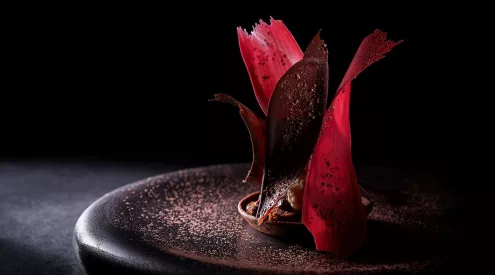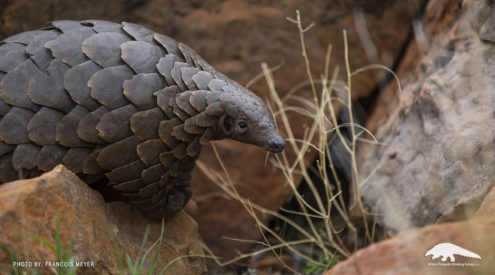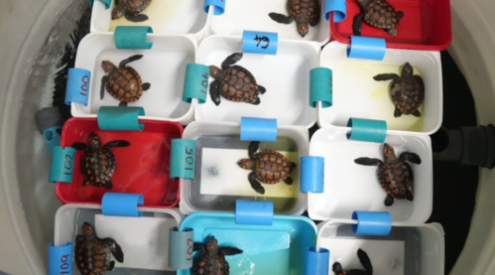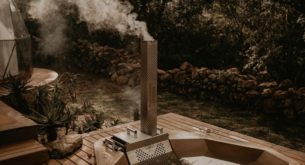Some people are scared of geckos. Others (like me) run the other way when there is a spider in a remote corner of the room. If you have a fear of geckos, perhaps it’s time to know more about them.
I especially like geckos because they eat spiders, flies, mosquitoes, moths and beetles. Most geckos are nocturnal hunters and love sticking around well-lit areas to wait for easy midnight snacks.
Did you know that geckos lay clutches of two hard-shelled eggs in a breeding season? Calcium-storing glands on the sides of the neck just behind the jaw are visible on some gecko species. These are used by the female when producing the eggshells. Most gecko species reproduce through the male and female mating, but there are all-female species (called parthenoforms) which reproduce without any male help. The hatchlings are a little more than 20 millimetres in length.
Another fascinating thing about geckos is that they seem to be able to stick to anything. They have pads under their toes with minute hairs that adhere strongly to even the smoothest surfaces (such as glass). The adhesion between a gecko’s toes and the surface is not due to suction, stickiness, electrostatic forces or friction: it’s because of intermolecular attractive forces known as Van der Waal’s forces. It’s quite a nifty tool geckos have developed to enable them to wait for their prey in the weirdest places.
If you see a shaggy gecko, it’s probably because it’s in the process of shedding its skin, which it will eat, performing its own bit of recycling.
It may look like that gecko on the ceiling is staring at you, but that’s because it’s got large eyes with immovable eyelids, covered with a transparent skin. Since its eyes cannot blink, they are cleaned with its tongue.
There are more than 1 130 species living in the warmer parts of the world, including flat, leaf-toed, tropical house, velvet, dwarf, festive, ground, tubercled, dune, common and smooth geckos. Some species are already listed as threatened or endangered, mainly due to habitat destruction and pesticides.
Read more about geckos and other reptiles in the wonderful book A Guide to the Reptiles of Southern Africa by Graham Alexander and Johan Marais (Struik, 2007).
Did you know?
- Woodlice are landbased crustaceans and more closely related to shrimps and lobsters than they are to millipedes and centipedes. They have blue blood and breathe using gills which allow them to happily survive in water for up to an hour.
- Naked mole rats don’t feel pain. They lack a neurotransmitter chemical which may be an adaptation to help them cope with the near poisonous levels of carbon dioxide in their stuffy burrows.
- Adult hedgehogs bristle with more than 5 000 spines.

















